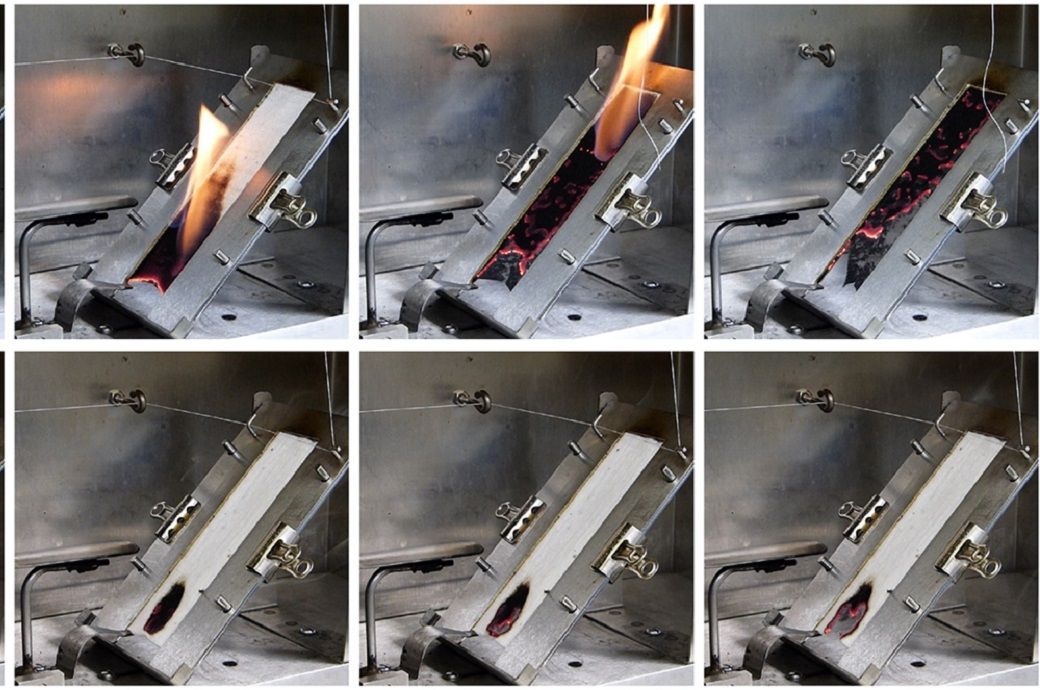Developed from cultivated cotton varieties, the fabric from new cotton lines, when exposed to an open flame, extinguished, whereas regular cotton fabric burned entirely in seconds.
US Department of Agriculture’s (USDA) researchers have bred four cotton lines that can be used to make self-extinguishing textiles. The cotton lines possess a novel flame-retardant trait and will reduce the need for flame-retardant chemicals to be embedded in consumer products, according to a recent study published in USDA’s open-access journal PLOS ONE.
Cotton typically produces flammable fibres and is treated with chemicals to be flame retardant when used for consumer products like clothing, mattresses, upholstery, and carpet. The new cotton lines were created by a multi-parent breeding approach that resulted in new opportunities for natural genes to interact and develop the unexpected trait of flame retardancy.
Researchers Johnie Jenkins and Jack C McCarty, supervisory research geneticists at USDA’s ARS Genetics and Sustainable Agriculture Research Unit in Mississippi, bred cotton lines to identify genes that affect agronomic traits such as yield and pest resistance and fibre quality traits such as length, strength, and fineness.
Although all of the parental cotton lines produced flammable fabric, researchers found that flame retardance did not come from a single gene. Instead, they found that multiple genes created a phenotype for fibres with significantly lower heat release capacities. The new cotton lines also possessed the desired agronomic and fibre quality traits, making the lines sought after for breeding and consumer usage.
“Use of these lines to develop commercial cultivars creates an opportunity to improve the safety of cotton products while reducing the economic and environmental impacts of chemical flame retardants,” said Brian Condon, senior author of the study and retired research leader at the ARS Cotton Chemistry and Utilization Research Unit in New Orleans. “These lines will significantly benefit growers, producers, and consumers.”
Fibre2Fashion News Desk (DP)







